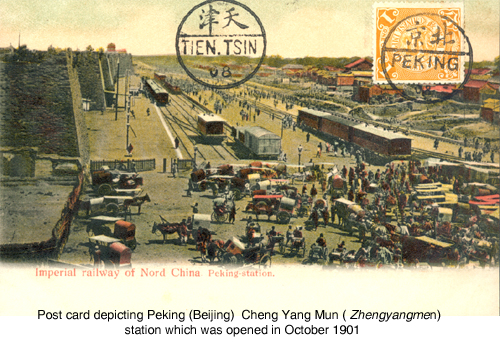Radical: Xiaolu Guo in conversation
Posted: April 5th, 2023 | No Comments »The prize-winning writer launches her new memoir next Thursday April 13th.
This event will take place in the British Library Entrance Hall. It will be simultaneously live streamed on the British Library platform. Tickets may be booked either to attend in person (physical) or to watch on our platform (online) either live or within 48 hours on catch up. Viewing links for the online version will be sent out shortly before the event.
The online version of this event will be live captioned.
Xiaolu Guo launches her new memoir Radical, a playful, provocative and original take on striving for a life of her own. She is joined in conversation by writer and translator Lauren Elkin.
Xiaolu brings her experience of living in different continents into all her books: from rural and urban China, to London, Europe, and now New York, where she spent a year, away from her husband and child, separated by place and language, and from people.
Radical is a memoir about being an outsider and the desperate longing to connect. It is also a dictionary and an ardent love letter; an archive of an artist’s search for creative freedom and an attempt to find a space between her fascination with Western culture and her nostalgia for Eastern landscapes.
Followed by a book signing.
This event accompanies the British Library’s free exhibition Chinese and British.
Half price tickets available for Members, Students, Under 26s and other concession groups.
Xiaolu Guo was born in China. She published six books before moving to Britain in 2002, where in 2013 she was named as one of Granta’s Best Young British Novelists. Her books include: Village of Stone, shortlisted for the Independent Foreign Fiction Prize; A Concise Chinese-English Dictionary for Lovers, shortlisted for the Orange Prize; and I Am China. Her memoir Once Upon a Time in the East won the National Book Critics Circle Award, was shortlisted for the Costa Biography Award and the Rathbones Folio Prize 2018. It was a Sunday Times Book of the Year. Her most recent novel A Lover’s Discourse was shortlisted for the Goldsmiths Prize 2020.
Xiaolu has directed several award-winning films including She, A Chinese, and documentaries about China and Britain. She was a judge for the Booker Prize in 2019, and is currently a visiting professor at Columbia University in New York.
Lauren Elkin is a writer and translator, most recently the author of No. 91/92: a diary of a year on the bus and the UK translator of Simone de Beauvoir’s previously unpublished novel The Inseparables. Until recently based in Paris, her earlier Flâneuse: Women Walk the City was a finalist for the 2018 PEN/Diamonstein-Spielvogel Award for the Art of the Essay, a New York Times Editor’s Choice and a Notable Books of 2017, a Radio 4 Book of the Week, and a best book of 2016 by the Guardian, the Financial Times, the New Statesman, and the Observer. Her next book, Art Monsters: Unruly Bodies in Feminist Art is published in July 2023.
If you’re attending in person, please arrive no later than 15 minutes before the start time of this event. We are committed to the safety of our event bookers. Find out how we are welcoming you to the Library safely.
The British Library is a charity. Your support helps us open up a world of knowledge and inspiration for everyone. Donate today.
Details
| Name: | Radical: Xiaolu Guo in conversation |
|---|---|
| Where: | Entrance Hall The British Library 96 Euston Road London NW1 2DB Show Map How to get to the Library |
| When: | Thu 13 Apr 2023, 19:00 – 20:30 |
| Price: | From £2.50 – £11 Members’ priority booking opens 31 January, general sale 1 February |
| Enquiries: | +44 (0)1937 546546 boxoffice@bl.uk |









